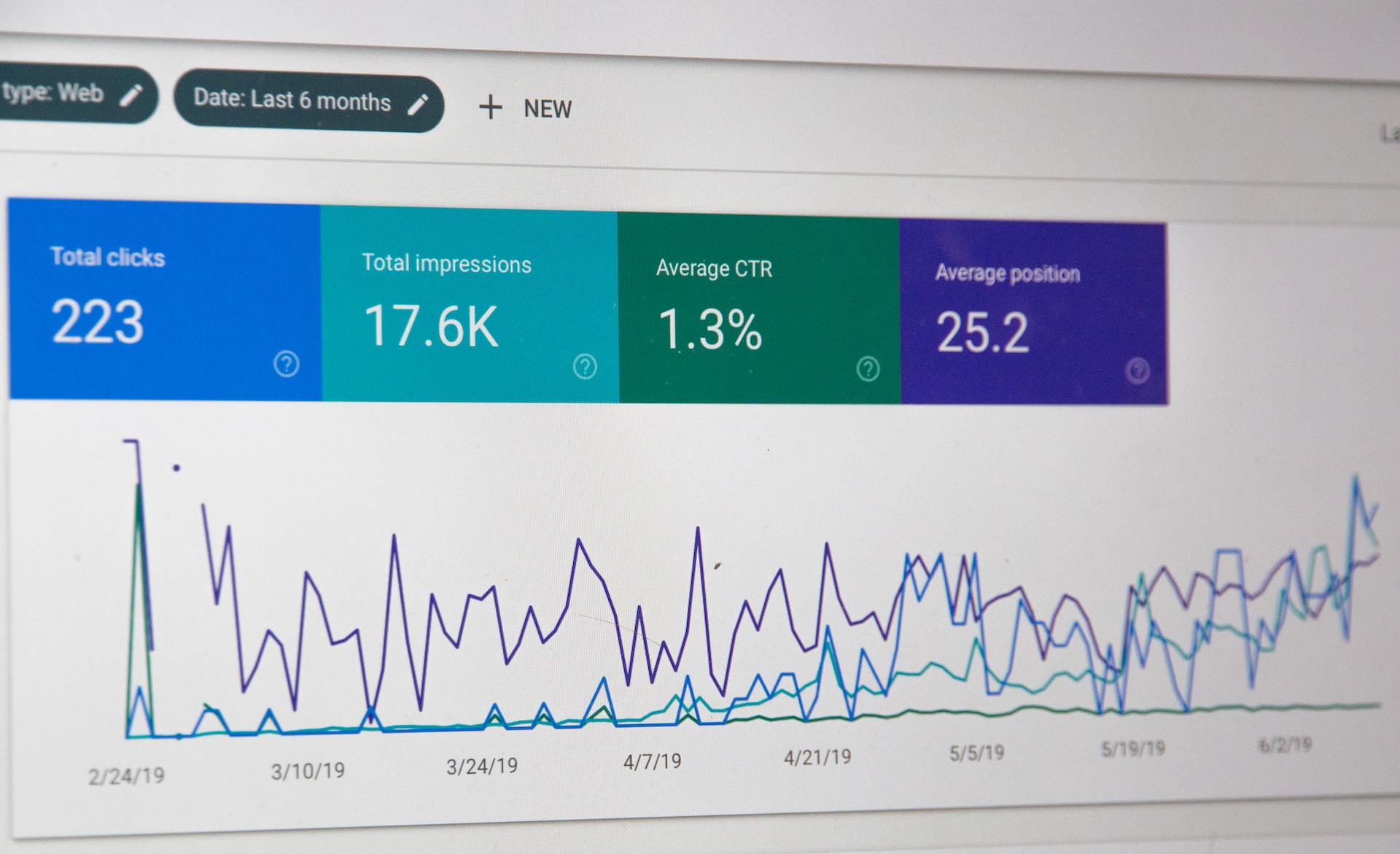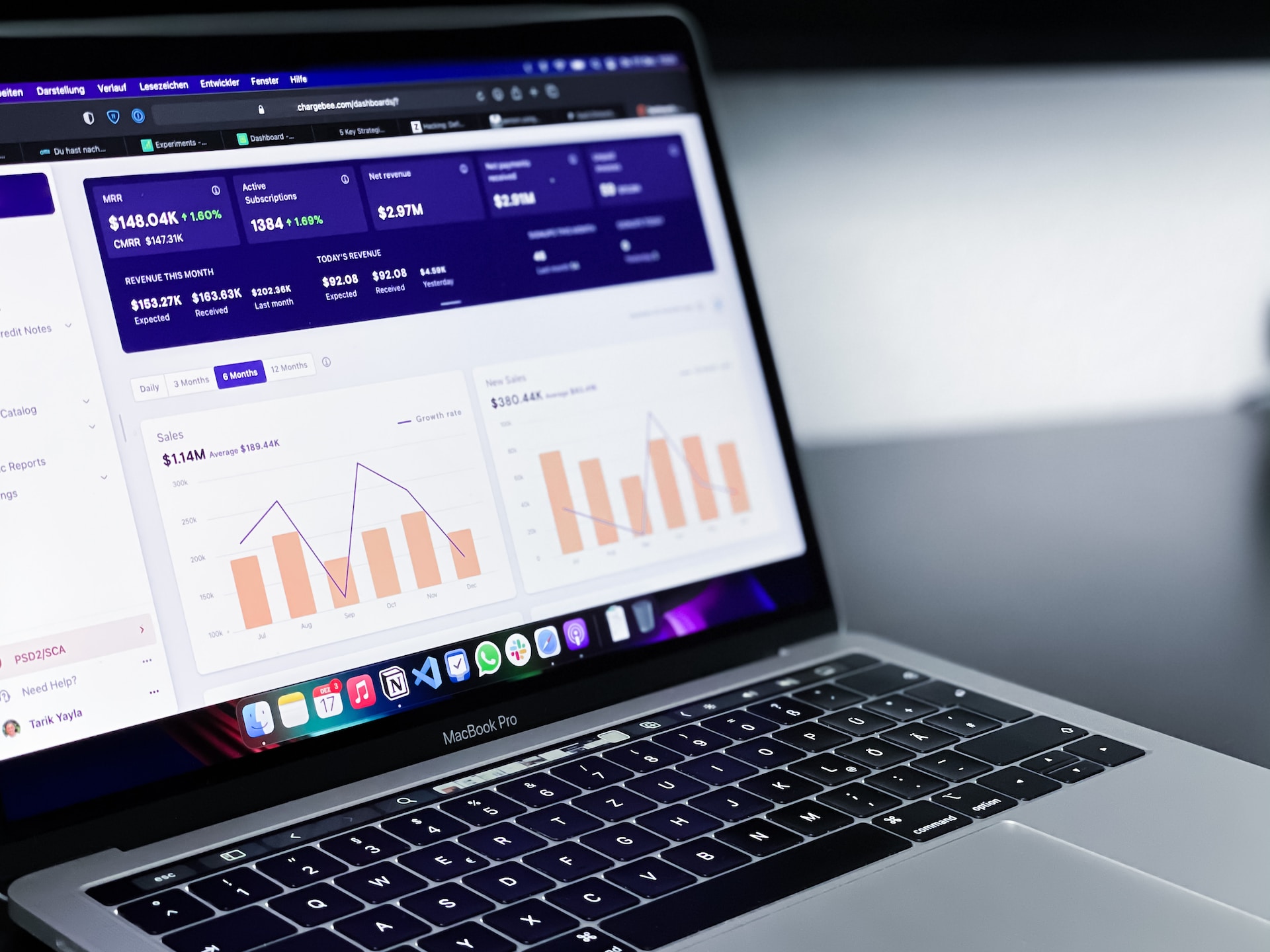What is a Go To Market Strategy?
A go-to-market or GTM strategy is crucial for any business looking to launch a new product or service. It outlines the steps needed to successfully bring your offering to your target customers, ensuring you have a clear path to market penetration and growth.
This guide will cover the essential components of a go-to-market strategy, focusing on pricing, distribution, and promotion.

1. Define Your Value Proposition and Target Market
Start with Your Value Proposition
Your
value proposition is the unique combination of features, benefits, and value that sets your product or service apart from the competition. To create an effective value proposition:
Identify your target customers' pain points and needs
Understand what differentiates your product from competitors
Clearly communicate the unique benefits your product provides
Identify Your Target Market
A successful go-to-market strategy begins with a clear understanding of
your target market. Identify the specific group of customers you want to reach, and create detailed buyer personas to help guide your marketing and sales efforts. Consider factors such as:
Demographics
Location
Industry
Company size
Job title or role
2. Establish Your Pricing Strategy
A well-crafted pricing strategy is crucial to the success of your GTM strategy. Consider the following factors when determining your pricing approach:
Cost-Plus Pricing
Cost-plus pricing involves:
Calculating the cost of producing your product.
Adding a desired profit margin.
Setting the price accordingly.
This straightforward method ensures that you cover your costs and generate a profit. However, it does not account for market dynamics, competitor pricing, or perceived value.
Competitor-Based Pricing
Competitor-based pricing involves analyzing the prices of similar products in the market and pricing your product accordingly. This method can be useful when entering a highly competitive market. Still, it may not account for the unique value your product offers or the specific needs of your target customers.
Value-Based Pricing
Value-based pricing involves setting a price based on the perceived value of your product to your target customers. This approach can be highly effective, as it focuses on the benefits your product provides rather than the cost of production or competitor pricing.
To implement value-based pricing, conduct market research to understand how much your target customers are willing to pay for your product's benefits.
3. Develop Your Distribution Strategy
Your distribution strategy determines how your product will reach your target customers. Consider the following distribution channels:
Direct Sales
Direct sales involve selling your product directly to customers through your website, a sales team, or a brick-and-mortar store. This approach lets you control pricing, customer relationships, and product messaging.
Indirect Sales
Indirect sales involve partnering with resellers, distributors, or retailers to sell your product. This approach can provide greater market reach and exposure but may involve relinquishing control over pricing, product messaging, and customer relationships.
Online Marketplaces
Selling your product through online marketplaces such as Amazon, eBay, or Etsy can provide instant access to a large customer base. This approach can be an effective way to quickly build brand awareness and generate sales but may involve higher fees and increased competition.
4. Create a Promotional Plan
A comprehensive promotional plan is essential to generate awareness, build interest, and drive sales for your product.
Consider the following promotional tactics:
Content Marketing
Create high-quality, engaging content that educates and informs your target audience about the benefits of your product. This may include blog posts, whitepapers, case studies, videos, or webinars.
Effective
content marketing can help establish your brand as a thought leader in your industry and generate leads for your sales team.
Social Media Marketing
Use social media platforms to connect with your target audience, share your content, and promote your product.
Social media marketing can effectively build brand awareness, engage with potential customers, and drive traffic to your website.
Be sure to tailor your content and messaging for each platform and focus on the channels where your target audience is most active.
Email Marketing
Email marketing is a powerful tool for nurturing leads, driving conversions, and maintaining relationships with existing customers.
Build an email list by offering valuable content or incentives in exchange for contact information. Segment your list based on buyer personas or engagement levels, and create targeted campaigns that resonate with your audience.
Public Relations and Media Outreach
Generate buzz and credibility for your product by securing media coverage and public relations opportunities. Develop a press kit that includes a press release, product images, and relevant company information.
Reach out to journalists, bloggers, and influencers in your industry to share your story and generate interest in your product.
Influencer Marketing
Collaborate with influencers in your industry to promote your product to their followers. Influencer marketing can effectively generate trust and credibility for your brand, as consumers often rely on influencer recommendations when making purchasing decisions. Select influencers who align with your brand values and are genuinely interested in your product.
Paid Advertising
Invest in paid advertising to reach a larger audience and drive targeted traffic to your website. Paid advertising options include search engine marketing (SEM), display ads, social media ads, and native advertising.
Carefully track the performance of your paid campaigns and adjust your targeting, messaging, and budget as needed to optimize ROI.
5. Measure and Optimize Your Go-to-Market Strategy
Continuously track the performance of your GTM strategy and adjust your tactics as needed to optimize results.
Key performance indicators (KPIs) to monitor include:
Regularly review your KPIs and analyze the data to identify areas for improvement. This may involve adjusting your pricing, refining your target audience, testing new promotional tactics, or optimizing your distribution channels.

Create a Go-To-Market Strategy That's Right for You
Developing a comprehensive go-to-market strategy is essential for any business looking to successfully launch a new product or service.
With Maven's
online classes, businesses can gain a competitive edge by honing their go to market strategy framework and staying ahead in today's dynamic business landscape.
Maven's expert instructors give businesses the knowledge, tools, and knowledge needed to compete effectively.






